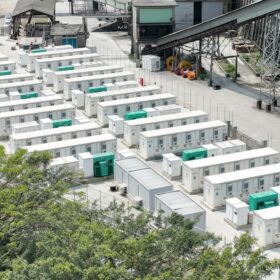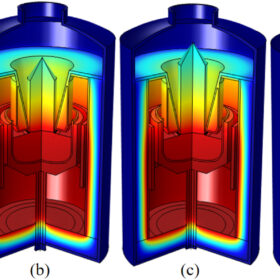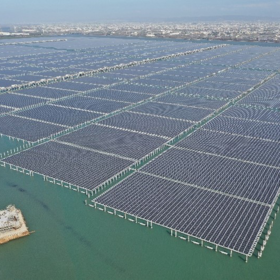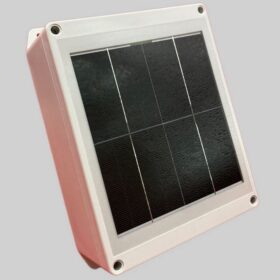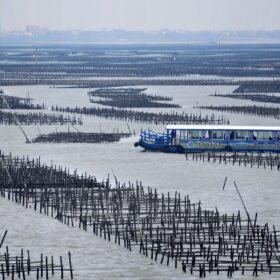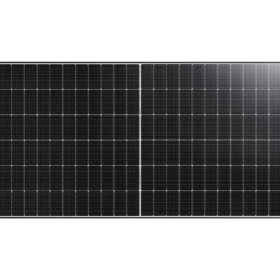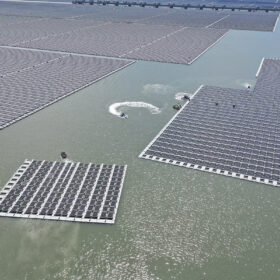Nhoa Energy commissions battery storage project in Taiwan
Nhoa Energy, an Italian developer, has commissioned a battery energy storage project for Taiwan Cement Group in Yilan county, Taiwan, with a capacity exceeding 120 MWh.
Adjusting oxygen distribution in Czochralski silicon crystal growth
Researchers in Taiwan have discovered that in polysilicon production the crucible angular speed affects the oxygen concentration near the crucible wall, which in turn affects the wafers’ mechanical and electrical properties. They simulated a Czochralski process for an ingot with a diameter of 200 mm diameter and a length of 700 mm.
Ciel & Terre, Hexa Renewables round off 440 MW floating PV array
Ciel & Terre and Hexa Renewables have completed a 192.3 MW extension of a 440 MW floating PV array in Taiwan. The extension includes patented technology featuring concrete pillars and an H-beam system as an anchoring design, in order to address near-shore environmental challenges.
Taiwanese utility sets up renewables bidding platform
Taipower has developed a new platform to sell renewable energy to small- and medium-sized businesses. The power utility plans to sell 50 GWh of clean energy by the end of this year.
Taiwanese startup launches PV system for remote sensors, tracking systems
Developed by Taiwan-based Flexwave, the monocrystalline-based PV module relies on passivated emitter rear contact (PERC) cell technology and is available in two versions with a power output of 1,250 mW and 3,050 mW, respectively.
The race for 100% solar
With utility scale solar installations accelerating, Philip Wolfe, founder of PV data consultancy Wiki-Solar, drills into the data to highlight some interesting variations in relative progress around the world.
Photon, Toshiba building unsubsidized 120 MW solar fishery in Taiwan
A Toshiba-led consortium has secured a long-term power purchase agreement (PPA) for a 120 MW solar fishery project in Taiwan. Completion is scheduled by the end of 2024.
Distributed solar as an antidote to illegal roof dwellings
Researchers in Taiwan are proposing a market-based incentive scheme to help property owners to move from using their roofs for illegal dwellings to rooftop solar power generation. They found these owners should be rewarded for solar power generation but also be compensated for the income loss due to the removal of illegal rentals.
Winaico releases 525 W TOPCon solar panels
Taiwanese manufacturer Winaico has developed new 525 W TOPCon solar panels with a power conversion efficiency of 22.1% and a temperature coefficient of -0.30% per degree Celsius.
Ciel & Terre hits 1.5 GW floating PV pipeline
French floating PV specialist Ciel & Terre says it now has more than 1.5 GW of floating PV projects in the design phase or under construction. It has already completed 280 floating solar projects in more than 30 countries, totaling 820 MW.
